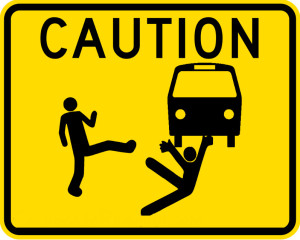How do the best leaders get optimal results out of their team? Below are six things great leaders do to engage their teams toward success.
Inspire: The best leaders inspire us to stretch to reach our full potential. Most people have an innate desire to be better. The best leaders tap into that desire by inspiring us not to settle for average but to push toward greatness. In order to inspire others you must take the time to understand what motivates them. It may be a promotion, public recognition, financial incentives, or learning a new skill. Once you discover their motivation, use it to inspire great performance.
Coach: The best leaders coach us to be better. When someone makes a mistake or fails to reach a goal the best leaders see an opportunity to coach. Keep in mind coaching requires that each team member has the desire to succeed and the skills/experience necessary to do the job. As the leader your goal is to get the best performance from each team member. When you formally address a performance issue it is still a coaching session. Have the mind frame of not punishing but using the discussion to help the team member improve.
Communicate: The best leaders communicate the vision and goals to their team members. These leaders ensure everyone understands how important their role is to the success of the team. The best leaders set clear expectations and provide continuous feedback. Make time to discuss with your team the vision you have and the important role they play. Provide them with the information they need to successfully reach your expectations.
Listen: Listening may seem that it should go along with communication. In reality it should. However, some leader’s idea of communication is telling others what to do. The best leaders excel doing more listening than talking. It is vital for leaders to listen to their teams for two reasons. First, team members who are carrying out an important task will have input on how to make procedures more efficient. Second, listening to your team will help you discover communication breakdown. Take time to ask team members questions about their work experiences. Ask the questions and then listen. You will reap vital information that will help you improve.
Trust: The best leaders hire the right team and trust them to do the job. They communicate the goals, set the rules and guidelines, and monitor progress. They allow their teams to perform. You cannot micro-manage your team and then complain no one takes initiative. Build a strong team by creating a frame work of trust that allows your team to take initiative and have ownership of their work.
Recognize: The best leaders understand that if they desire great performance repeated then they must recognize and reward it. On the contrary challenged leaders see their job as seeking out poor performance and punishing it. The problem with that view is you never get around to communicating what constitutes great performance. The only feedback your team receives is what not to do. This does not mean ignore a performance issue. (Refer to coaching section above.) One of your primary functions as a leader is to recognize great performance. Recognizing others in front of peers rewards them and communicates to others the standard of excellent performance. Look for opportunities to recognize and reward great performance.
Take time to think about how you are doing in each of these areas. Incorporate each one into your leadership style.



